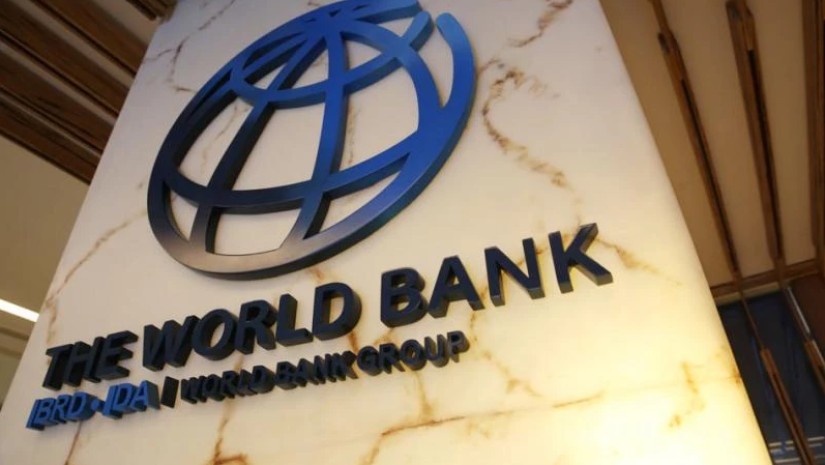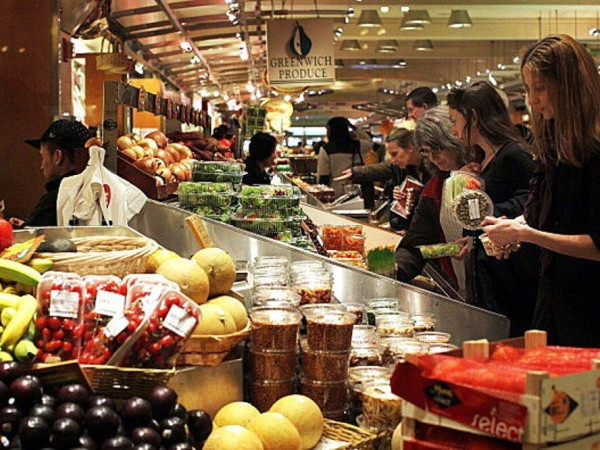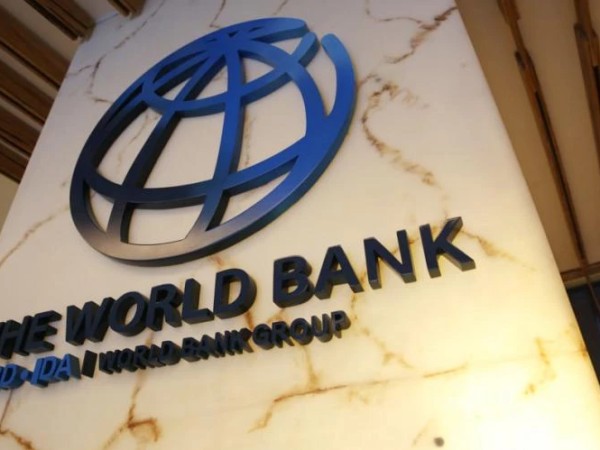With the right policies, the Middle Corridor linking Chinese and European markets via Central Asia and the Caucasus can invigorate regional trade and boost connectivity for countries along the route. The corridor can also provide resilience and route diversification for the China-Europe container trade, shielding countries and supply chains from geopolitical shocks, according to a new World Bank report released on Monday.
The Middle Trade and Transport Corridor—Policies and Investments to Triple Freight Volumes and Halve Travel Time by 2030, which focuses on Kazakhstan, Azerbaijan, and Georgia, identifies priority measures that can transform this multimodal rail and maritime corridor into a vital and dependable trade route.
The report notes that with the right investments and policies, the Middle Corridor could triple trade volumes while halving travel time along the route by 2030. This would benefit local and regional economies and broader communities, creating employment opportunities, spurring demand for supporting industries, and attracting businesses.
“Our new data confirms that the Middle Corridor is not only viable but can also become essential to the economies of countries along the route,” said Antonella Bassani, the World Bank’s Vice President for Europe and Central Asia. “Azerbaijan, Georgia, and Kazakhstan, together with other countries, have made considerable progress in aligning their vision and moving this corridor forward. The World Bank is committed to supporting the Middle Corridor in partnership with the governments along the route and other multilateral organizations”.
The Middle Corridor’s significance and strength lie in the benefits it can bring as an intraregional trade corridor. Increased trade between Azerbaijan, Georgia, and Kazakhstan and Europe are the key drivers of demand: including a 37 percent increase in intra-region trade and a 28 percent increase trade between these countries and the European Union.
“Now is an opportune moment to make the Middle Corridor more competitive, expand its capacity, address inefficiencies, and reduce costs,” said Charles Cormier, the World Bank’s Regional Infrastructure Director for Europe and Central Asia. “A combination of short-term gains in efficiency through institutional and operational measures along with medium-term investments will strengthen the functioning of the Middle Corridor and catalyze its potential.”
The report identifies key policies and investments needed to respond to the demand for transport and to support economic development in Kazakhstan, Azerbaijan and Georgia. These include:
* Providing corridor-length logistics solutions to ensure seamless operations along the corridor.
* Reforming and simplifying processes and procedures, particularly at border crossings, to smooth out exchanges of traffic, data, and characteristic of multimodal corridors.
* Coordinating digitalization to increase tracking and reduce delays at borders and operational interfaces. A unified, interoperable framework can facilitate digital transformation of processes and activities in the corridor.
* Improving performance at the Caspian and Black Sea crossings, with a focus on removing bottlenecks to vessel availability and improving port productivity.
* Agreeing on a uniform investment prioritizing system. The report identifies a number of investment opportunities that should be further evaluated and prioritized.















